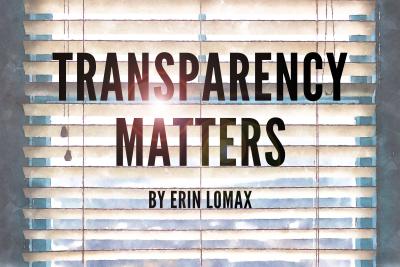Site Search
Results 1 - 7 of 29
-
News Type: Announcements, Blog Post, IDC Buzz
Looking at Data in New Ways: Supporting State and Local Staff in Root Cause Analysis WorkAs they engaged their local staff in data PLC, HIDOE staff reached out to IDC for consultation about ways to support staff in data and root cause analysis work. Annie Kalama, Director of the HIDOE Exceptional Support Branch said, “It's important for...
-
News Type: Announcements, Blog Post, IDC Buzz
The Rates, They Are a-Changin’Bob Dylan probably didn’t know much about graduation rates or dropout rates, but we do! Let IDC help you understand the changes in data sources and methodologies for Part B Indicators 1 and 2 in the FFY 2020–2025 SPP/APR. So, “come gather round...
-
News Type: Announcements, Blog Post, IDC Buzz
Level Up Your IDEA Data Trainings With Gamification!There are many ways to influence IDEA data quality. Among them is helping states, locals, and other stakeholders understand the importance of collecting, reporting, and using high-quality data and how to improve data quality. Learning about and...
-
News Type: News, Announcements, Blog Post, IDC Buzz
How Are Statewide Assessment Data Like Window Shades? Transparency MattersMy first home purchase was a small condo on Capitol Hill in Washington, DC. It was on the top floor of a new building and had a wall of floor-to-ceiling windows across the back of the living room. This condo was quite an upgrade from the basement...
-
News Type: Announcements, Blog Post, IDC Buzz
Beyond Significant Disproportionality: Using “Likelihood Ratios” to Address Subgroup Differences in Graduation and DropoutSignificant disproportionality calculations rely on risk ratios to dive deeper into subgroup differences in outcome data, such as identification, placement, and discipline. Risk ratios are a useful tool in a state’s data analysis toolbox. What if the same tool could be used to identify subgroup differences in other student outcome data? Even better, what if the same tool could be applied to student outcome data that are already collected by states and districts? Let’s explore one potential option for states to examine these subgroup differences using commonly collected data: graduation and dropout.
-
News Type: Announcements, Blog Post, IDC Buzz
High-Quality Preschool Environments DataCollecting and reporting high-quality preschool environments data for State Performance Plan/Annual Performance Report (SPP/APR) Indicator 6 can be a complex and multilayered responsibility for states and districts. It starts at the preschool child’s individualized education program (IEP) meeting, where IEP team members select the most appropriate preschool environment for the child to receive special education and related services. Team members need to understand the differences among the preschool environments and the reasons for serving a child in a particular environment in order to make decisions about serving preschool children in the least restrictive environment (LRE). State information systems (or statewide IEP systems) then must accurately reflect each of these team decisions in order to produce high-quality preschool environments data.
-
News Type: Announcements, Blog Post, IDC Buzz
Get to the “Root” of the Problem to Get to the Best SolutionsIn the world of education, our ultimate goal is to have all students succeed. When there are barriers to student success, we don’t always know how or even where to begin fixing problems. This is especially true when addressing complex issues, such as significant disproportionality, for which a simple data review may not tell the whole story or create a complete picture of the problem. This is where root cause analysis comes in.







